Endemic plant survey in Maputaland

Hermenegildo Matimele and Wataru Tokura made a trip to Maputaland in southern Mozambique. The area is known to have a number of endemic plants but their survival is threatened by recent land use changes and charcoal production. Despite the severe heat (40 degrees!), they managed to get more data about the populations, distributions, and threats to the endemic species, while keeping their energy and motivation up with tasty garlic prawns and peri-peri chicken. The information collected will be used to update the IUCN Red List status of the endemic species in the region.
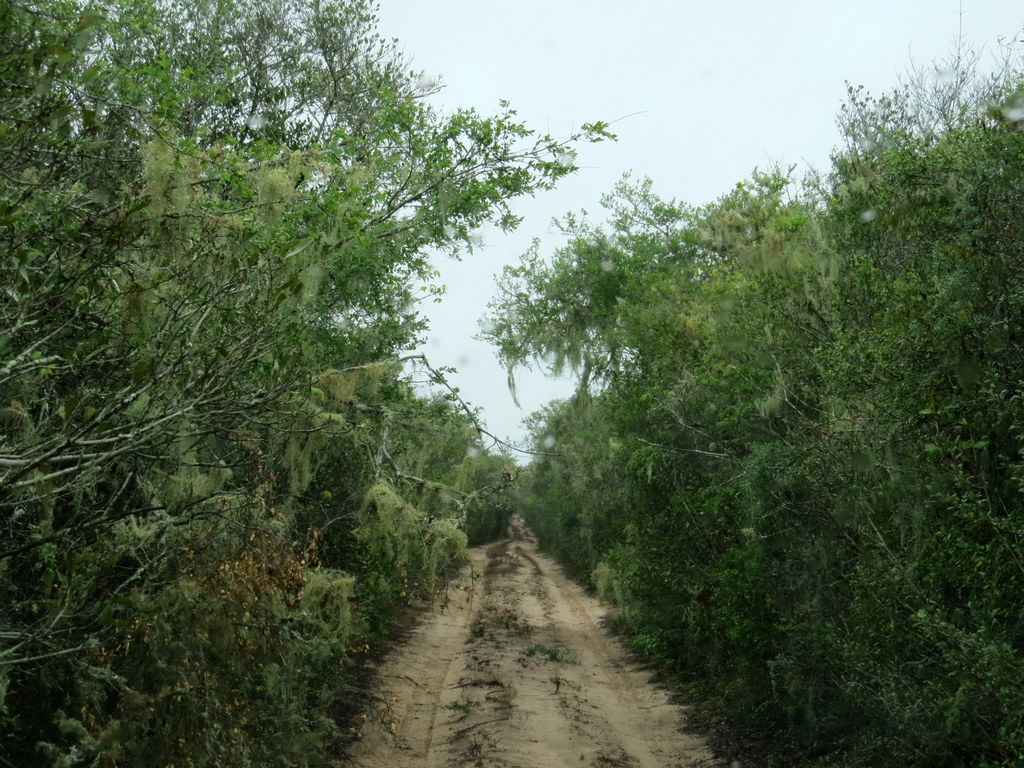
Licuati thicket in southern Mozambique, home to a number of endemic species.
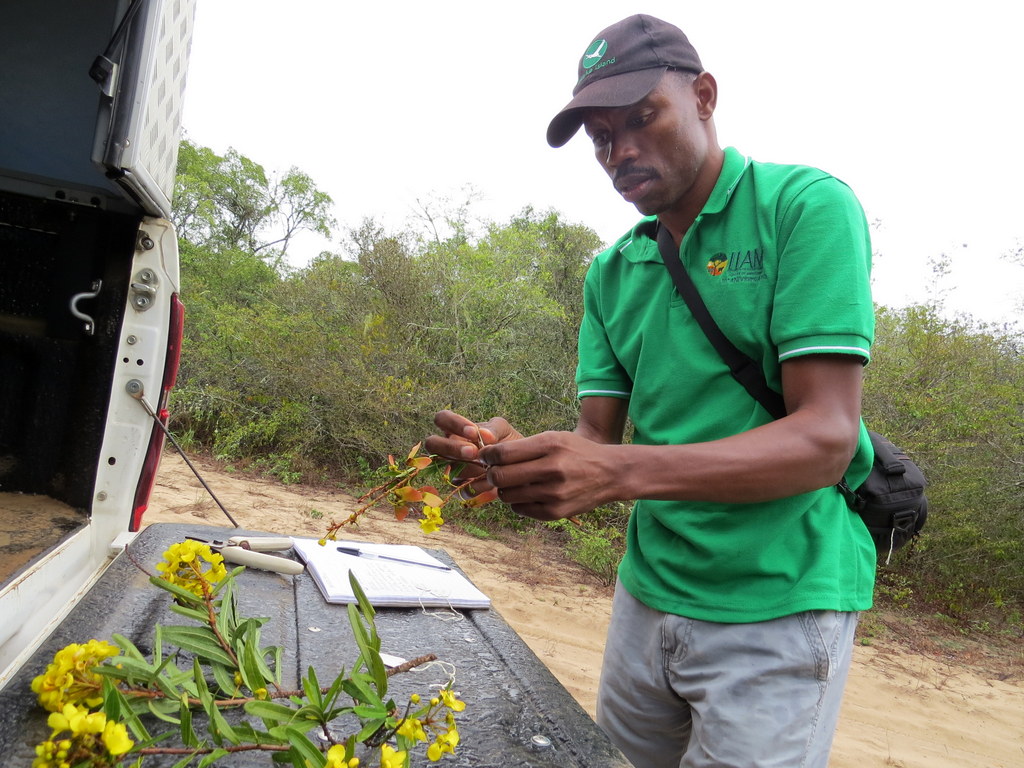
Hermenegildo Matimele collecting Acridocarpus natalitus var. linearifolius, an endemic species of Maputaland.
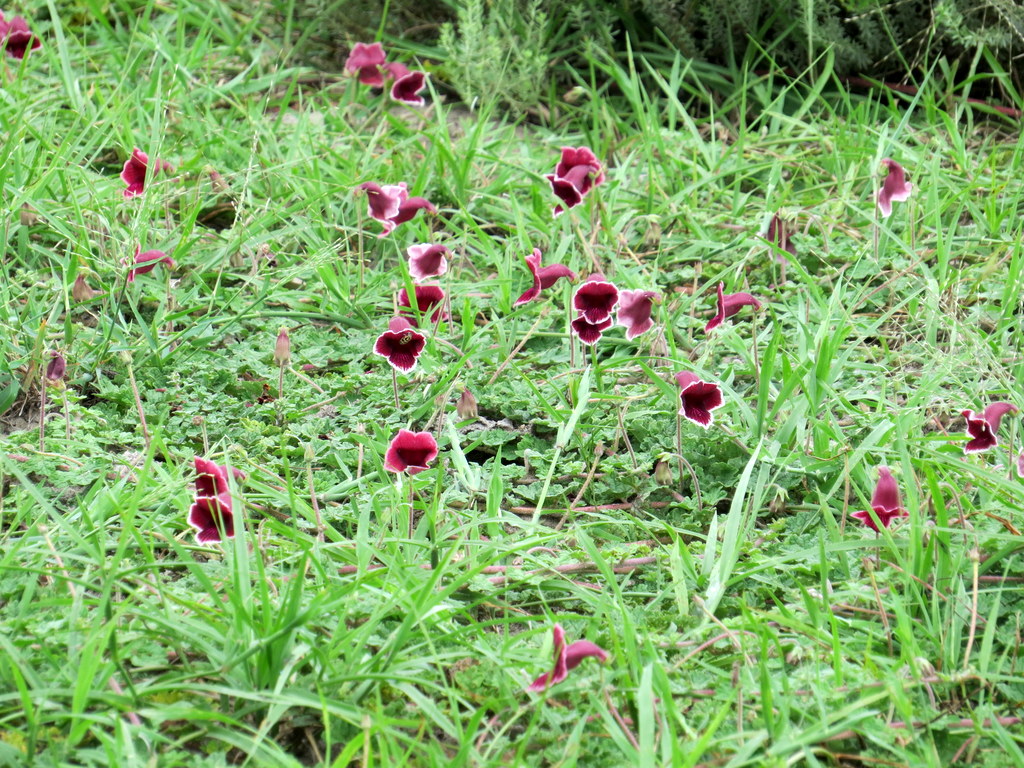
Dicerocaryum forbesii in full bloom. This species with beautiful flowers is only known from southern Mozambique and northern KwaZulu-Natal.
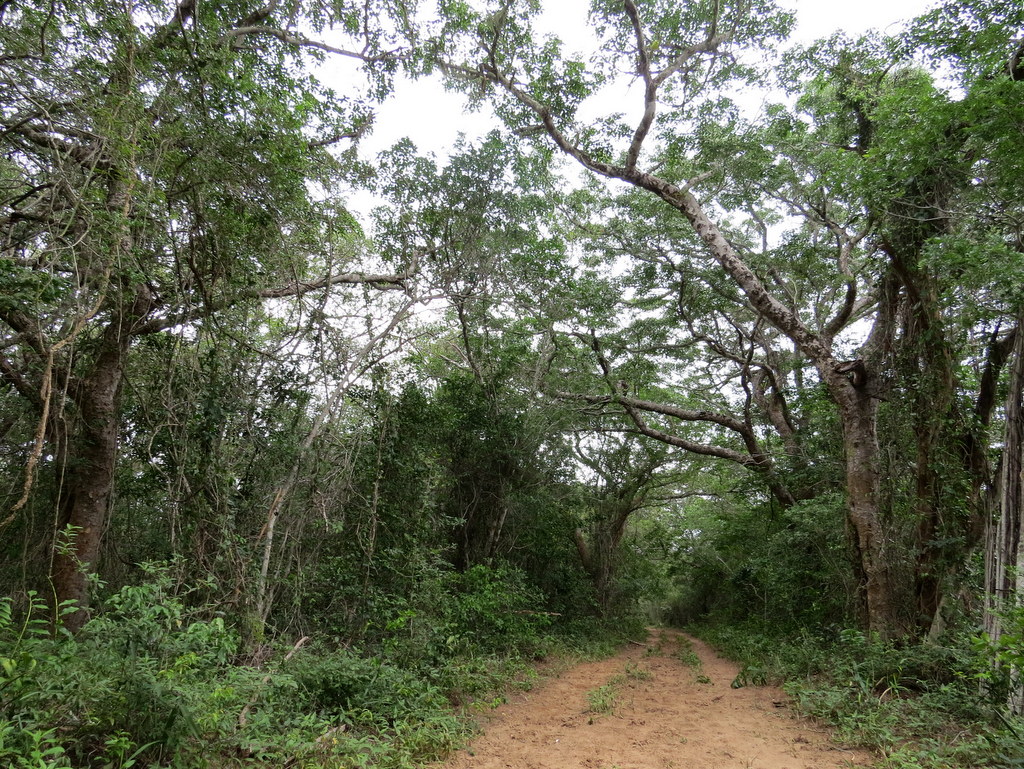
One of the well preserved forest patches of Afzelia quanzensis in Licuati. The Licuati have been protected as national forest reserve for more than 60 years, but now it is experiencing rapid change as a result of human impact.

A huge tree of Newtonia hildebrandtii harvested for charcoal production.
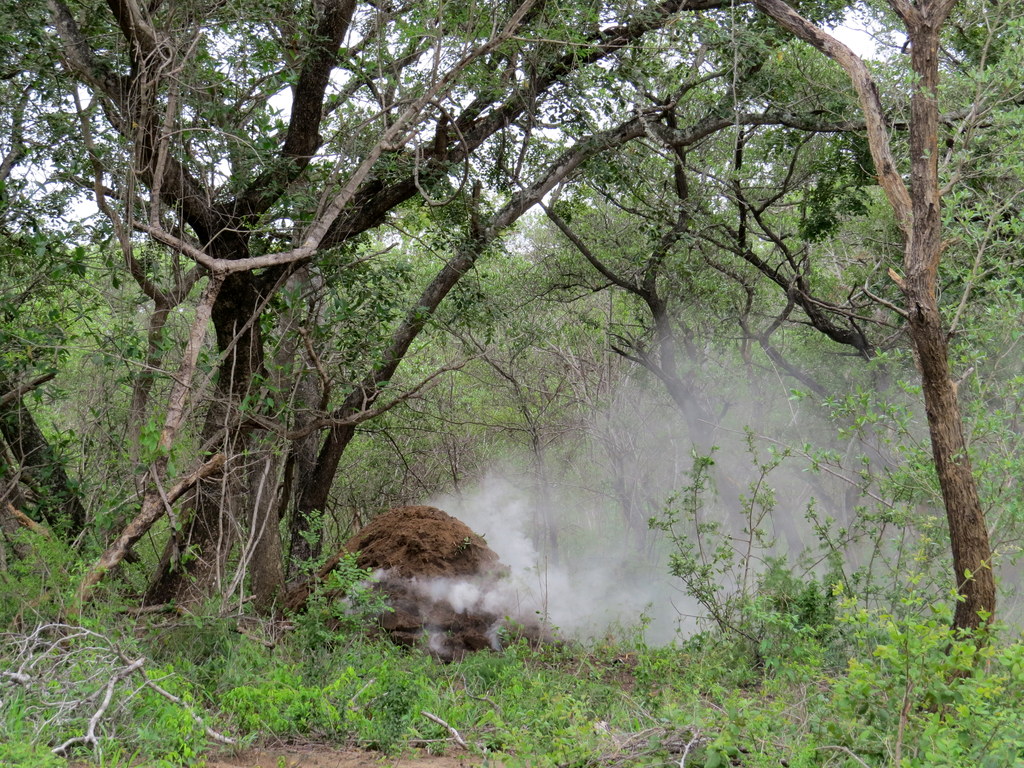
The demand of the charcoal is high in urban areas thus, most of the charcoal is transported from Licuati to the cities including Maputo, the capital city of Mozambique.
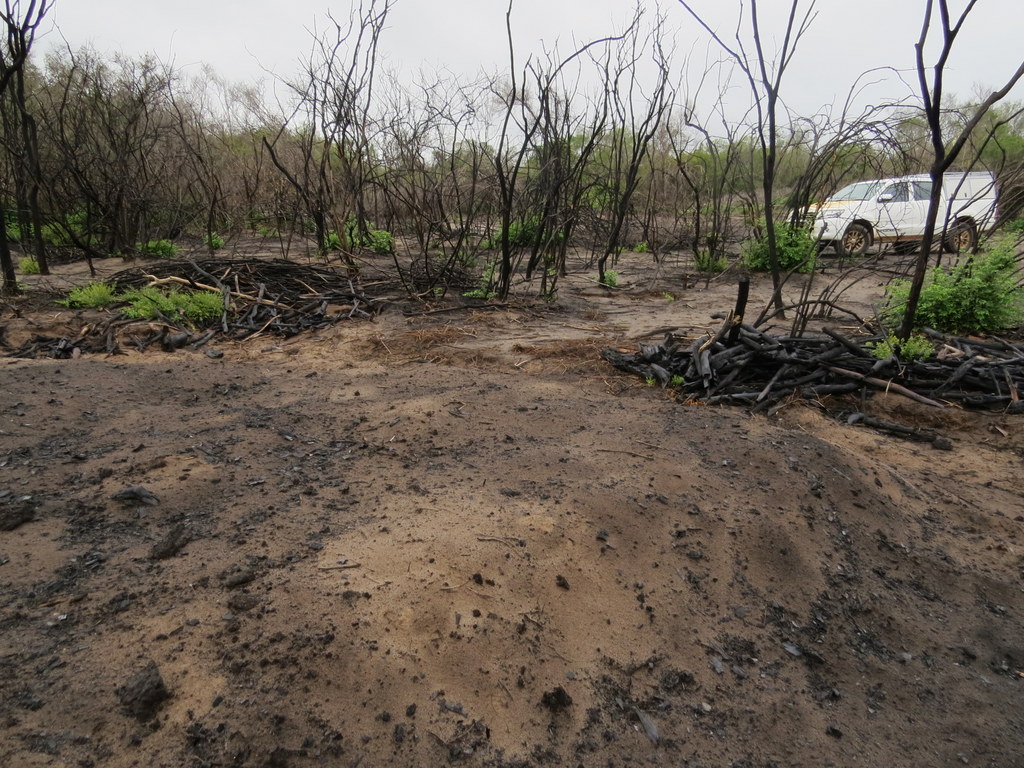
Burnt Licuati thicket. Fire was probably caused by charcoal production. The impact of fire on the thicket vegetation and endemic species is unknown.
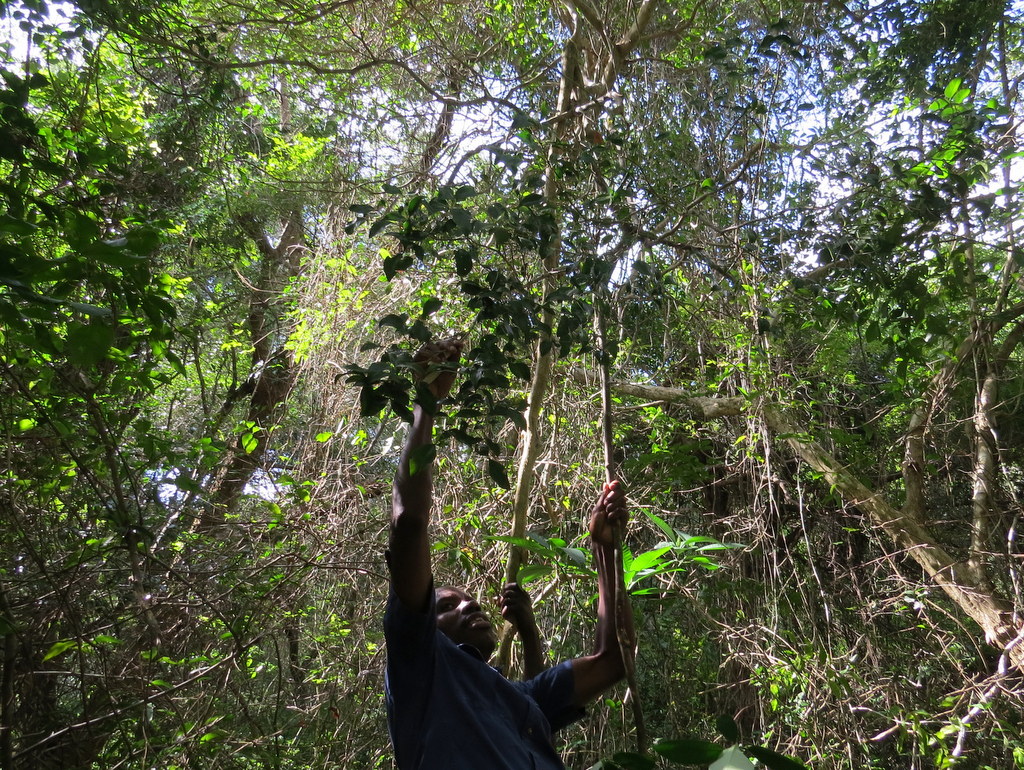
Collecting specimens from one of the recently discovered tree species in the very small patch of coastal forest in southern Mozambique.

Giant palm, Raphia australis, which have the largest leaves of all tree species occurs only in the Maputaland Centre of Endemism.
